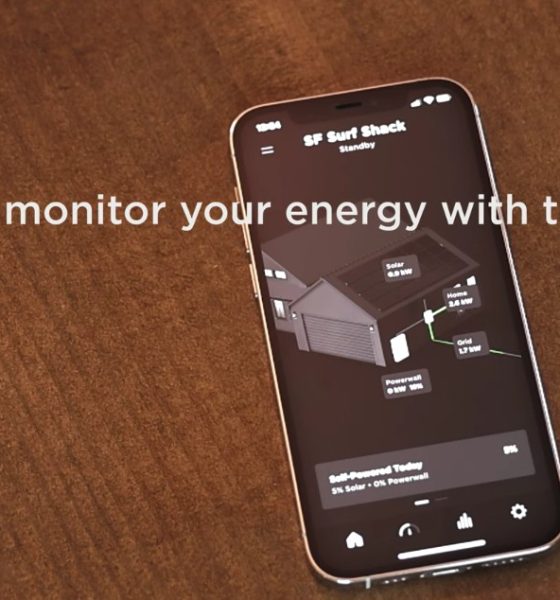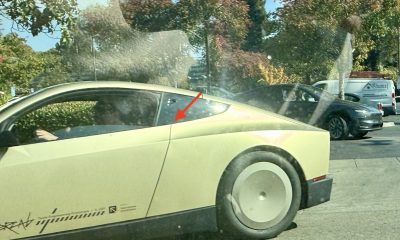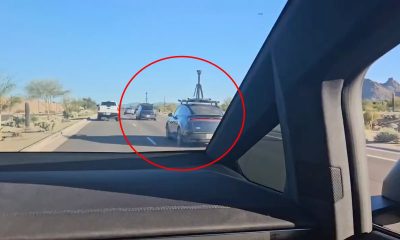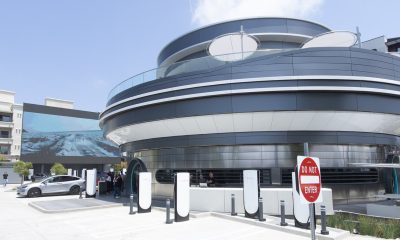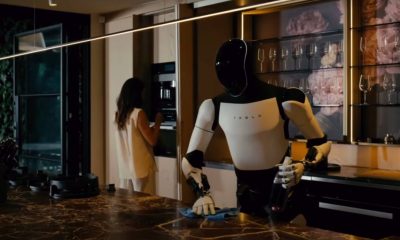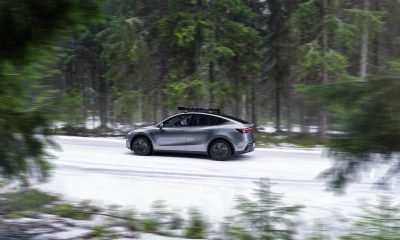A recently-released video showcasing Tesla’s suite of solar and battery storage products has provided a short glimpse of what could very well be an upcoming update on the company’s mobile app. Based on the video, it appears that the Tesla app will soon feature a new user interface with animated elements.
Tesla’s suite of products, including its energy storage units, could be monitored and controlled through its mobile app. This allows Tesla Energy customers to have full access to their battery storage and solar system’s features, including those that were released through an over-the-air software update like the Powerwall 2’s Storm Watch function.
The brief clip of the updated Tesla mobile app interface showcased in the recently-released video is very similar to the findings of noted Tesla owner and resident hacker @greentheonly. Green remarked that he found some new media assets for Tesla’s energy products inside a vehicle software update in a recent set of tweets. The hacker mentioned that the media assets he found were animated, just as they were depicted in the recently-released video.
And also an industrial installation with megapack, industrial generator, industrial solar and whatnot.
Probably can make cartoons with all the assets 😉
(I wonder what's licensing like?) pic.twitter.com/ikztgSPN1N— green (@greentheonly) February 9, 2021
Interestingly enough, the new media assets that the Tesla hacker found included avatars for other energy products like the Megapack and an item listed as an “industrial generator.” Also notable was that the assets were found in software for Tesla’s electric cars. This may very well be a coincidence, though speculations suggest that the company may also be looking into accessing Tesla Energy-related functions from its vehicles in the future.
While Tesla Energy has mostly taken a backseat to the company’s electric vehicle program, the business has seen some notable growth over the past years. In the company’s Q4 FY 2020 Update Letter, Tesla revealed that its energy storage deployments grew from 1.65 GWh in 2019 to over 3 GWh in 2020, accounting for an 83% increase Year-over-Year.
Check out Tesla Energy’s new video below.
The Teslarati team would appreciate hearing from you. If you have any tips, email us at tips@teslarati.com or reach out to me at maria@teslarati.com.
News
Tesla targets gas car owners with this crazy new promotion
Tesla is now offering 2,000 free Supercharging miles to any gas car owner who chooses to trade their car in on a Tesla. The promotion requires a gas or hybrid electric vehicle to be turned in for any of the vehicles in Tesla’s lineup.
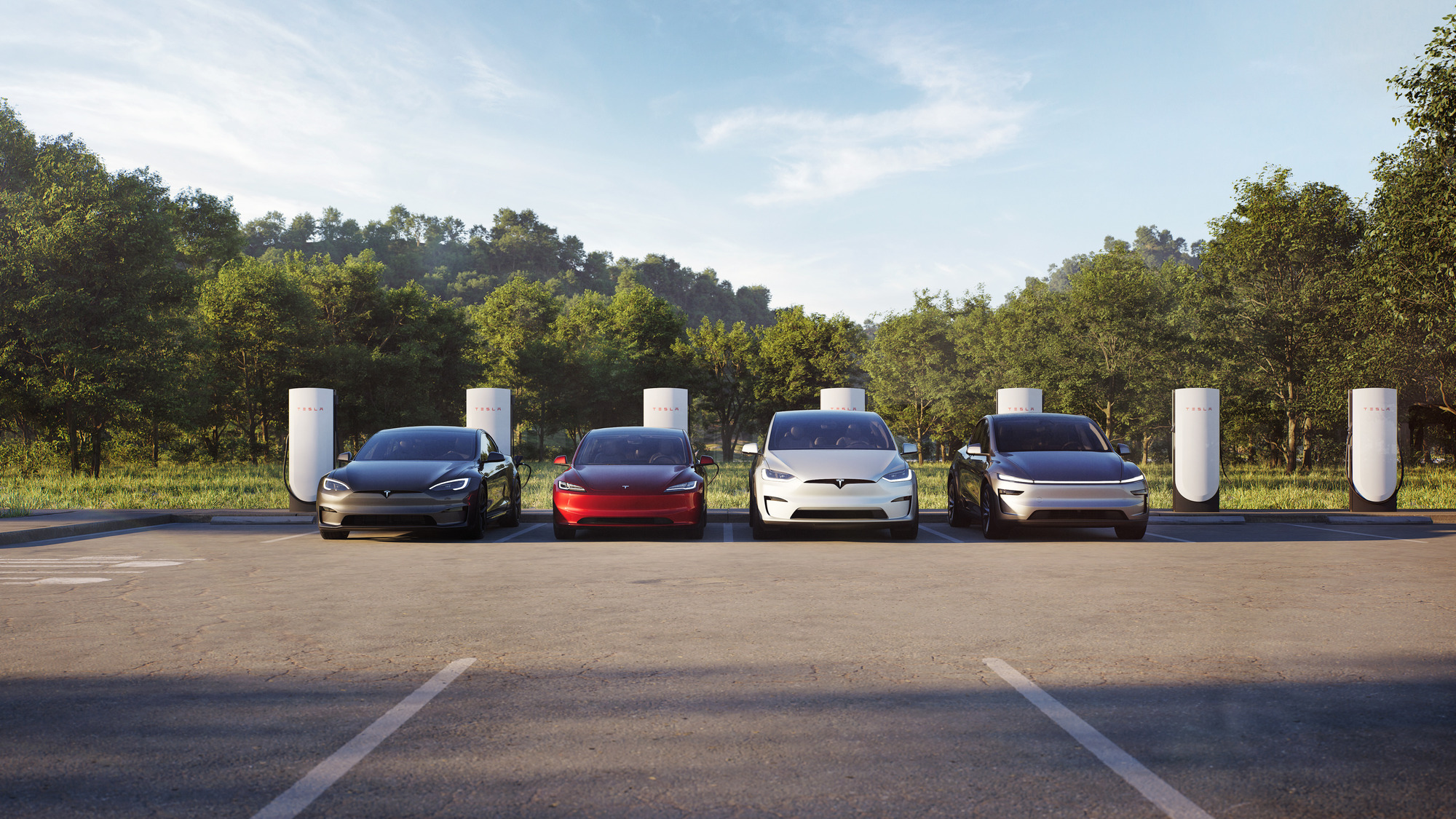
Tesla is targeting gas car owners with a crazy new promotion launched on October 31, its latest move to boost sales amidst the loss of the $7,500 electric vehicle tax credit, which went away on September 30.
Tesla is now offering 2,000 free Supercharging miles to any gas car owner who chooses to trade their car in on a Tesla. The promotion requires a gas or hybrid electric vehicle to be turned in for any of the vehicles in Tesla’s lineup.
If you do that, you get 2,000 free miles of Supercharging, which can be utilized at any of the chargers on the Tesla network within the next two years:
🚨 New Tesla Incentive Just Dropped!
Trade in your gas/hybrid vehicle & get
FREE Supercharging ⚡️• Must trade in a gas or hybrid vehicle
• 2,000 miles of Supercharging, valid for 2 yearsWould you trade in your gas car for 2,000 free miles? pic.twitter.com/8uEQySr1py
— DennisCW | wen my L (@DennisCW_) October 31, 2025
Supercharging is rarely a Tesla owner’s primary source of charging, but for some owners, it is critical to their ownership experience.
While many homeowners or apartment dwellers are able to utilize charging infrastructure they either installed themselves or were provided by their property management company, others are totally reliant on the wide variety of charging options that are available today.
🚨🚨 Owning an EV without home charging can be CHEAP with Tesla Superchargers!
Watch til the end to see how much I spent to charge my @Tesla Model Y@TeslaCharging @MdeZegher pic.twitter.com/jRIWkdJvY6
— TESLARATI (@Teslarati) October 31, 2025
Tesla’s Supercharging Network has expanded rapidly over the past few years, mostly in preparation for the company to open it to other EV manufacturers, most of which have adopted the company’s North American Charging Standard (NACS) in the United States.
Its latest quarterly earnings Shareholder Deck revealed a 16 percent increase in stations in Q3 compared to the same timeframe in 2024. Meanwhile, connectors have increased by 18 percent in the same timeframe. There are over 73,800 connectors in the Tesla Supercharger Network globally.
The move could be looked at as a way to incentivize people to switch to electric vehicles, and it is something we have seen Tesla experiment with over the past month.
It has played with leasing terms, and we will likely see more incentive offers, like this Supercharging one or even Full Self-Driving trials for those who choose to make the switch over the next two months.
Tesla routinely offers some tasty deals in Q4 as it aims to round out the year with a strong delivery and production report for investors. Q4 is statistically Tesla’s strongest three-month period in any given year. However, Q3 was Tesla’s strongest performance in terms of vehicle deliveries in company history, as it narrowly missed the elusive 500,000 mark for a quarter.
News
Tesla Cybercab sighting highlights big change since 2024 unveiling
Based on an image recently taken of the vehicle, it appears that Tesla has made the Cybercab’s cabin easier to get in and out of.
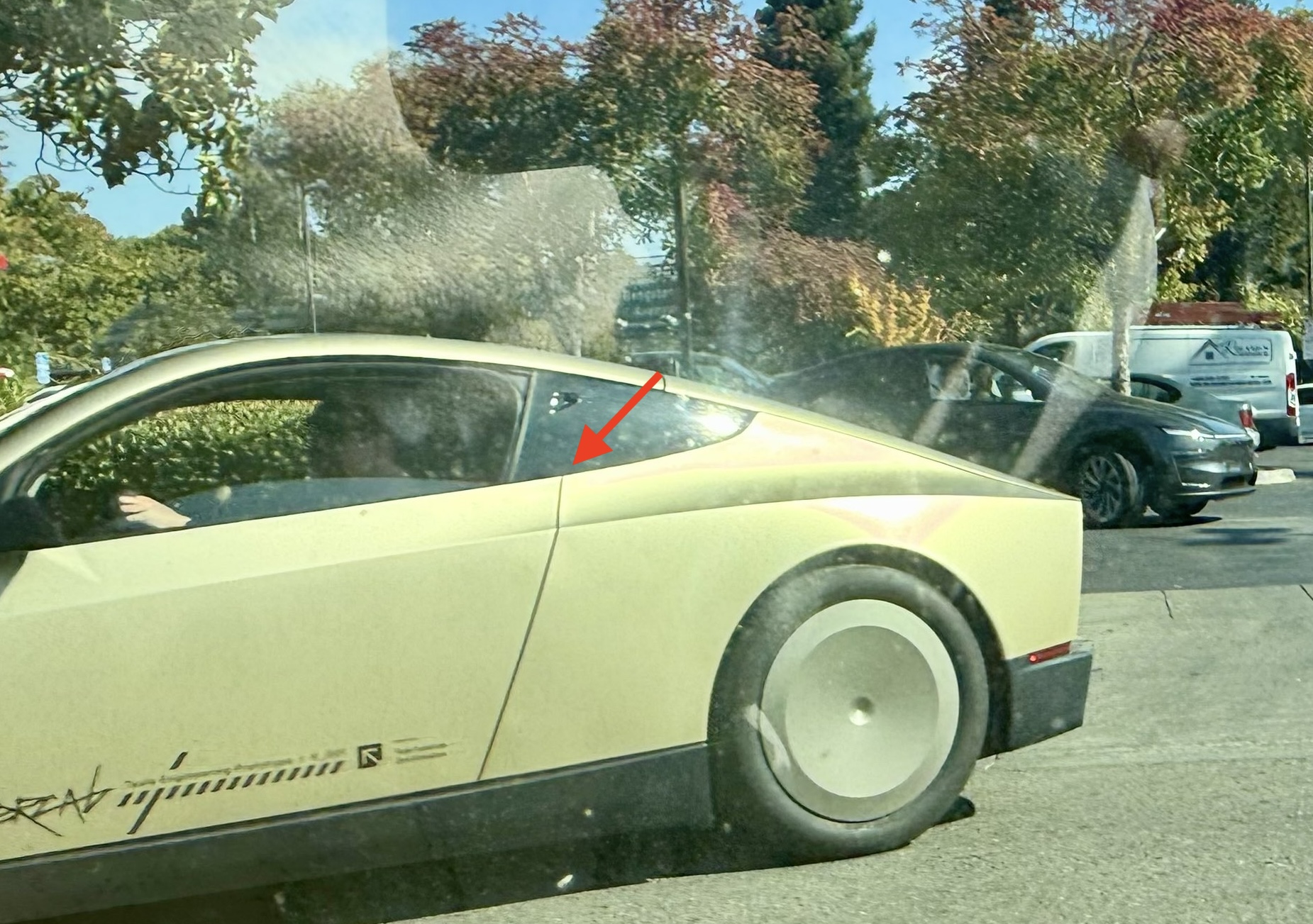
A recent sighting of the Tesla Cybercab in the wild has teased a pretty interesting update that has been implemented on the autonomous two-seater.
Based on an image recently taken of the vehicle, it appears that Tesla has made the Cybercab’s cabin easier to get in and out of.
Recent Cybercab sightings
As per recent posts on social media, it appears Tesla has started testing the Cybercab on public roads. Images posted by Tesla community members in Palo Alto showed a Cybercab prototype being driven near the company’s engineering headquarters. Interestingly enough, the vehicle was equipped with a steering wheel.
It’s not just the Cybercab’s steering wheel that caught a lot of attention, however. Based on observations by EV watchers online, it appears that Tesla has also made the Cybercab’s door a bit larger. This should make it easier for passengers to get into and out of the autonomous two-seater. The position of the camera in the B-pillar also appears to have been adjusted slightly.
All-in on autonomy
While Cybercab prototypes that are seen in the wild today are fitted with a steering wheel, the vehicle will be produced strictly as an autonomous Robotaxi. This was highlighted by Elon Musk during the third-quarter earnings call. Musk also expects about 2 million Cybercabs to be produced every year, making it the company’s highest-volume vehicle.
“The single biggest expansion in production will be the Cybercab, which starts production in Q2 next year. That’s really a vehicle that’s optimized for full autonomy. It, in fact, does not have a steering wheel or pedals and is really an enduring optimization on minimizing cost per mile for fully considered cost per mile of operation,” Musk said during the Q3 2025 earnings call.
News
Tesla Robotaxi test units spotted in new region ahead of launch
These validation units are used to gain additional data for Tesla’s internal use, or even potentially for regulatory purposes that the company can share with agencies that will eventually grant a license to operate Robotaxi in the state.
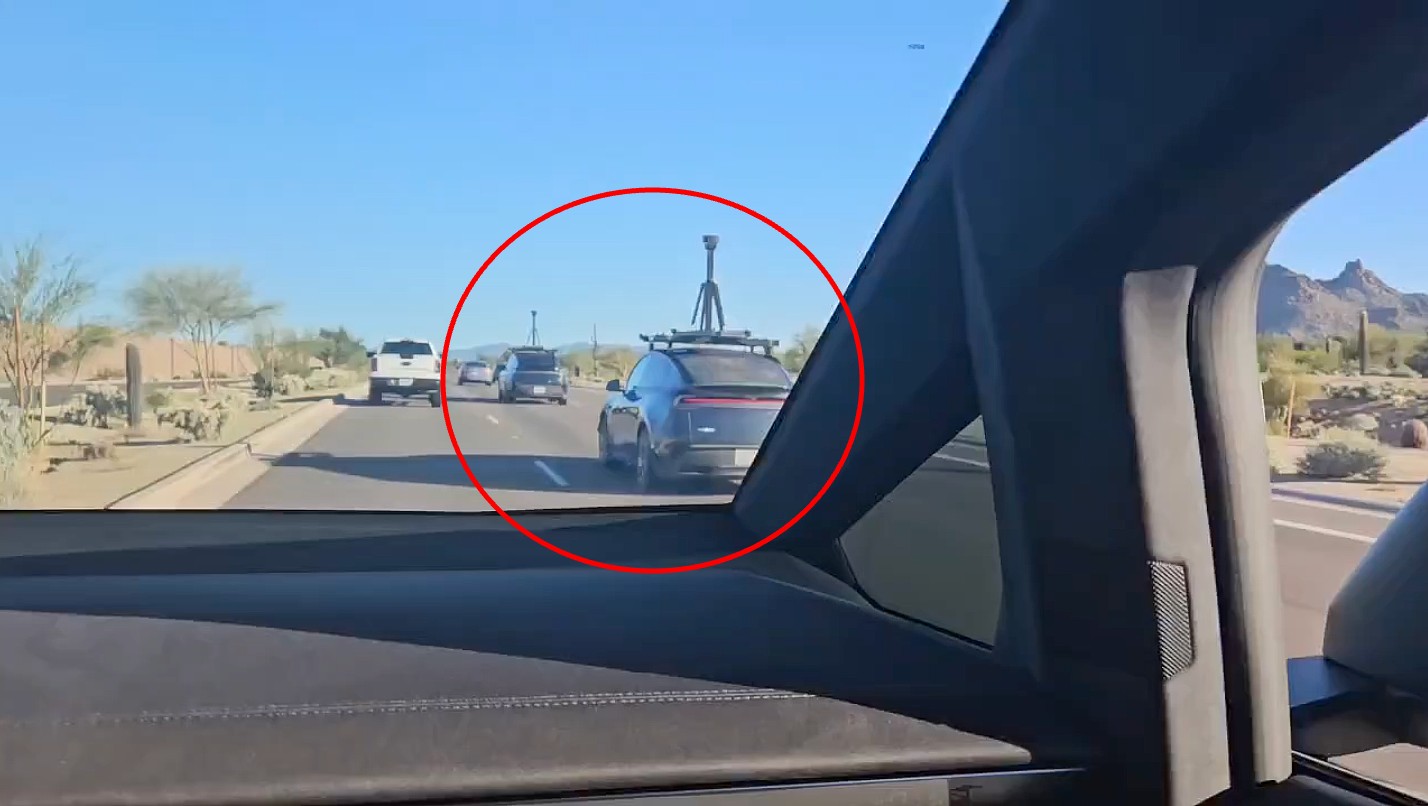
Tesla Robotaxi test units are being spotted in various new regions ahead of their launch in new states. Tesla is aiming to launch in at least a few new states in the coming months as it is ramping up hiring for the Robotaxi program and aiming to expand its ride-hailing service.
Already active in Austin, Texas, and the California Bay Area, Tesla is looking to expand its Robotaxi operations to new states. It’s had its eyes set on Nevada, Florida, and Arizona, which have seemed to have the most movement of the three prospects over the past month or so.
That trend is continuing.
Earlier this month, we reported on two Robotaxi units spotted testing with LiDAR rigs for ground truth validation in Gilbert, Arizona. Noted Cybertruck owner and enthusiast Greggertruck spotted the two units traveling on a highway.
Now, those same two units, or at least they appear to be, were spotted in Scottsdale, which is also a suburb of Phoenix, like Gilbert is, with the same LiDAR rigs:
Real world AI coming to Scottdale! Tesla robotaxi spotted beginning testing! @SawyerMerritt @elonmusk @CuriousPejjy pic.twitter.com/D2eUmQsiao
— MpWraps (@MWraps30584) October 29, 2025
These validation units are used to gain additional data for Tesla’s internal use, or even potentially for regulatory purposes that the company can share with agencies that will eventually grant a license to operate Robotaxi in the state.
Tesla is not a company that utilizes LiDAR for its everyday self-driving efforts, as it has utilized only cameras for the past several years.
Tesla Vision, as the company calls it, is what CEO Elon Musk feels is needed to achieve a fully autonomous network of vehicles, which will eventually need zero supervision for passenger transportation.
LiDAR is utilized by other companies, like Waymo, but Tesla has maintained that it is not necessary for several years. Musk has called it a “crutch” for achieving the proper self-driving tech, and the company only uses it for an additional bit of data.
Tesla has been operating its Robotaxi service in Austin since late June, and it has expanded its service area in the city to nearly 300 square miles, with its most recent expansion occurring earlier this week.
-
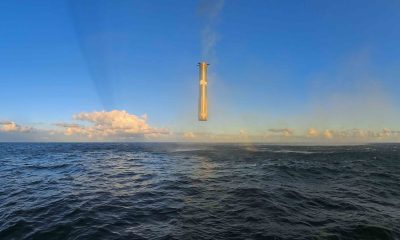
 Elon Musk2 weeks ago
Elon Musk2 weeks agoSpaceX posts Starship booster feat that’s so nutty, it doesn’t even look real
-

 Elon Musk2 weeks ago
Elon Musk2 weeks agoTesla Full Self-Driving gets an offer to be insured for ‘almost free’
-
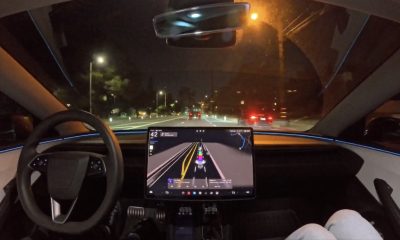
 News2 weeks ago
News2 weeks agoElon Musk confirms Tesla FSD V14.2 will see widespread rollout
-
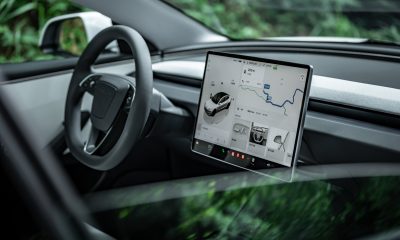
 News2 weeks ago
News2 weeks agoTesla is adding an interesting feature to its centerscreen in a coming update
-
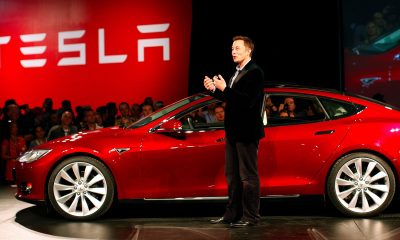
 Elon Musk2 weeks ago
Elon Musk2 weeks agoTesla CEO Elon Musk’s $1 trillion pay package hits first adversity from proxy firm
-
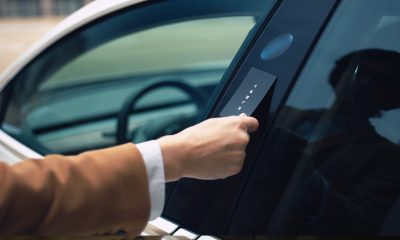
 News2 weeks ago
News2 weeks agoTesla might be doing away with a long-included feature with its vehicles
-
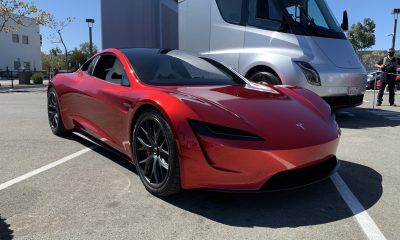
 News2 weeks ago
News2 weeks agoTesla updates fans on its plans for the Roadster
-
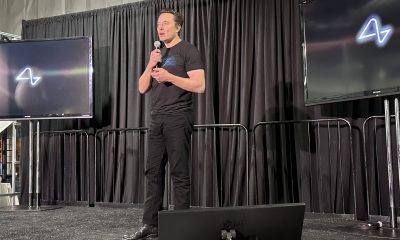
 Elon Musk2 weeks ago
Elon Musk2 weeks agoAfter moving Tesla to Texas, Elon Musk is back in the Bay Area with Neuralink expansion


